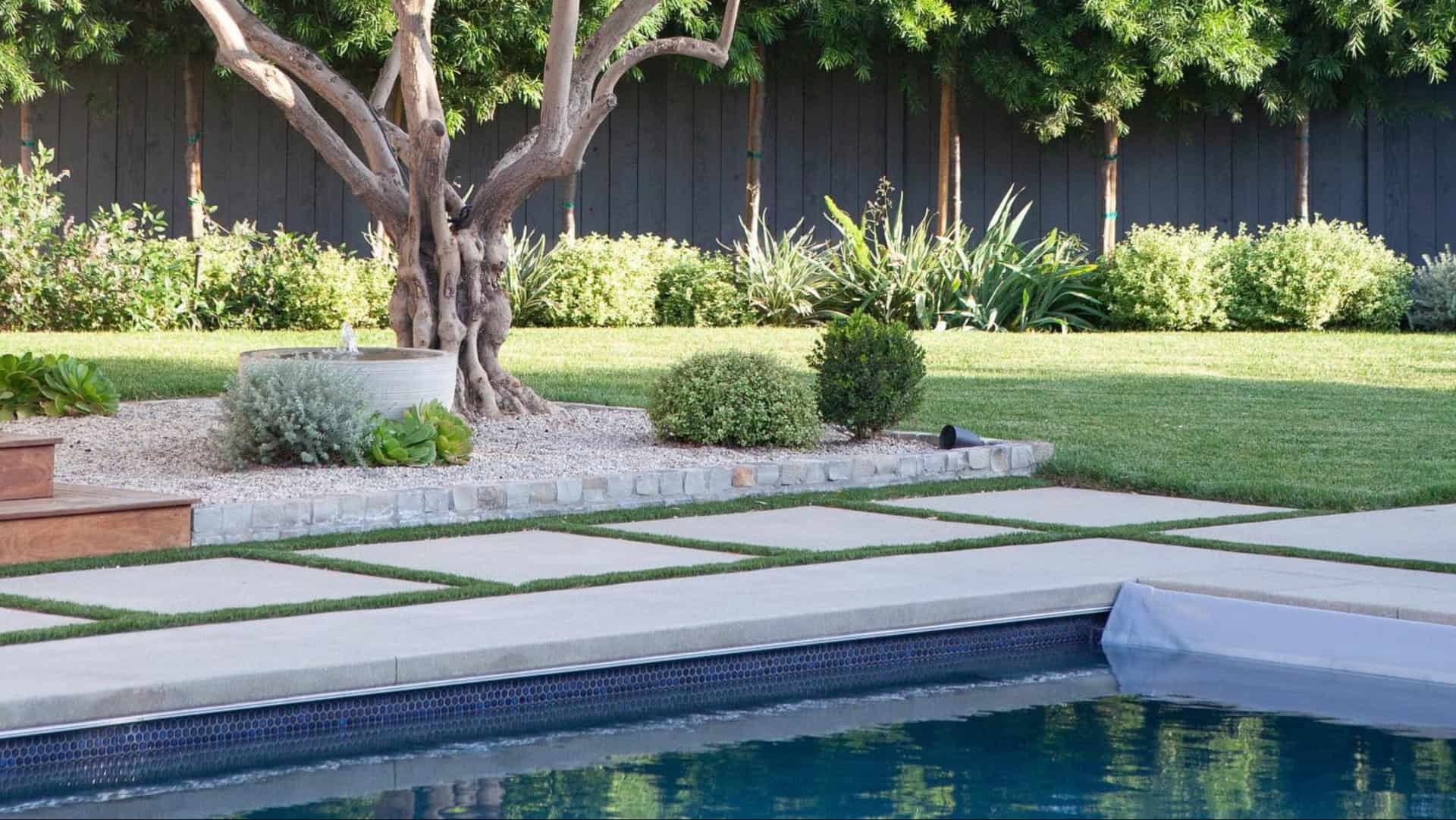When it comes to vibrant gardens, the foundation often goes unnoticed, but it’s the unsung hero behind every lush landscape.
A solid garden foundation ensures healthy growth and a lasting environment for your plants. From soil preparation to structural elements, these foundational aspects make all the difference.
Let’s explore 10 essential tips to create an exceptional base for your garden that will keep it thriving for years.
1. Soil Preparation
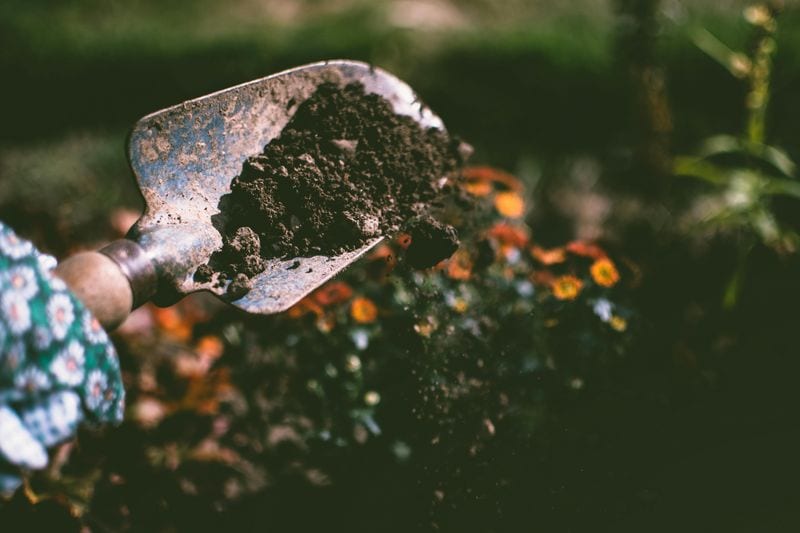
Healthy soil is the bedrock of any thriving garden. Start by testing your soil’s pH and nutrient levels to understand its composition.
This will guide you in adding the right amendments, such as compost or lime.
Loosen the soil to improve aeration and drainage, crucial for root health.
A well-prepared soil not only nourishes plants but also supports the entire ecosystem in your garden, from earthworms to beneficial microbes.
2. Drainage Solutions

Poor drainage can spell disaster for your garden, leading to root rot and waterlogged plants.
Installing a French drain or raised beds can be effective solutions. Ensure water flows away from plant roots by planning the layout with slopes or using gravel.
These adjustments not only protect your plants but also enhance the aesthetic appeal of your garden. Effective drainage ensures longevity and vibrancy.
3. Garden Layout Planning
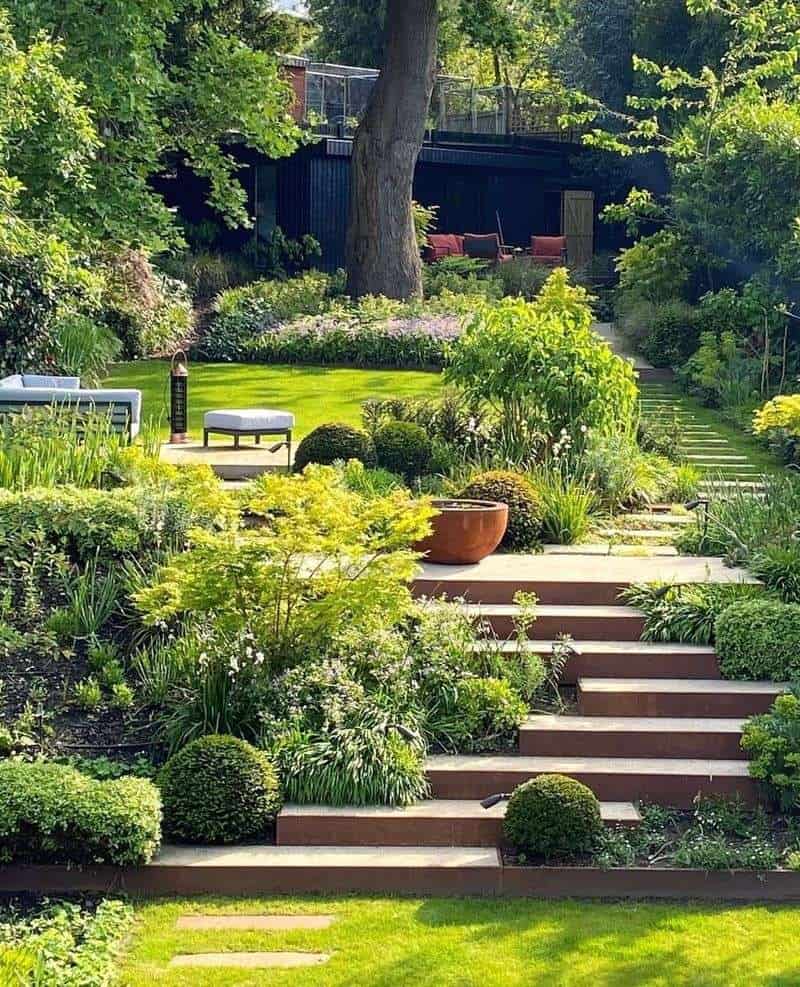
Crafting a thoughtful garden layout is akin to painting a masterpiece. Consider plant heights, sun exposure, and seasonal changes.
Position taller plants at the back, allowing shorter varieties to bask in sunlight. Incorporate pathways for accessibility and visual interest.
A well-planned layout not only maximizes space but also ensures that all plants receive the care they need, leading to a harmonious and thriving garden.
4. Composting Corner
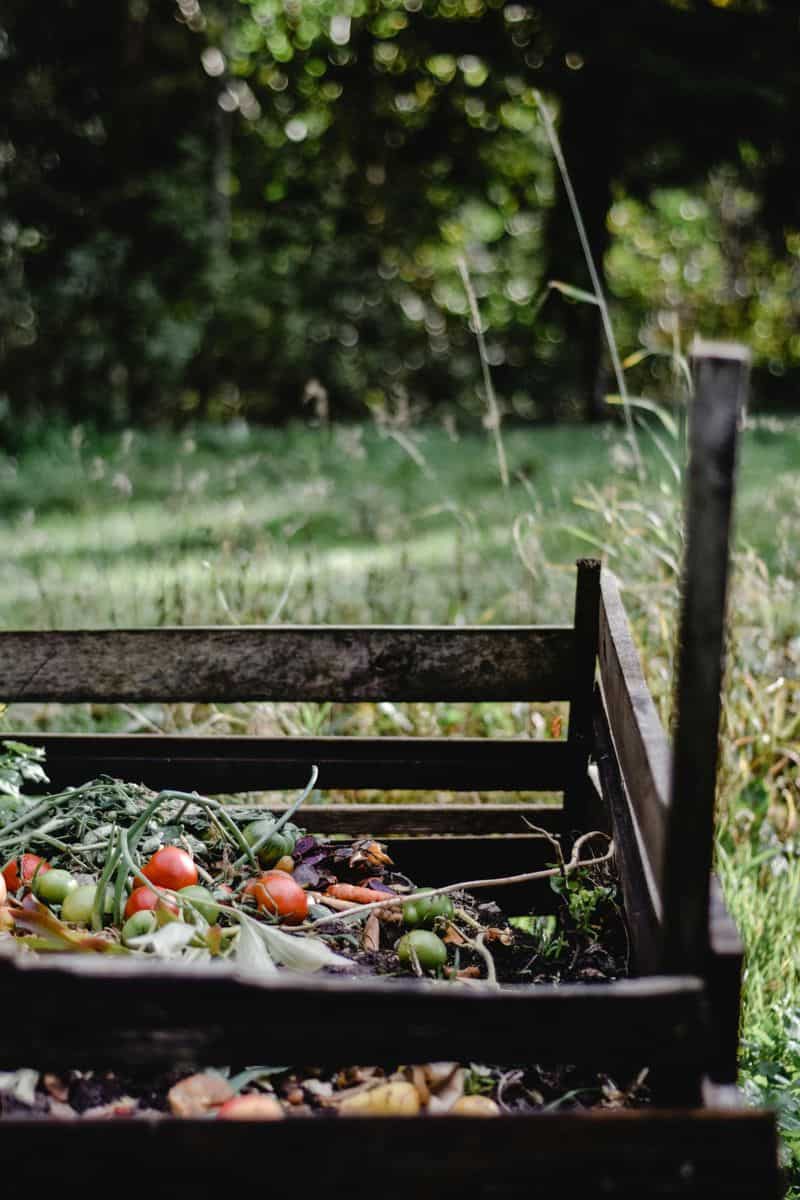
Turning waste into nutrient-rich gold, composting is a gardener’s secret weapon.
Designate a corner for a compost pile or bin, adding kitchen scraps and garden waste.
This process enriches soil, reduces waste, and promotes sustainable gardening. Regular turning of the compost helps it decompose faster.
Over time, this rich addition enhances soil texture and fertility, ensuring your plants thrive naturally.
5. Hardscaping Elements
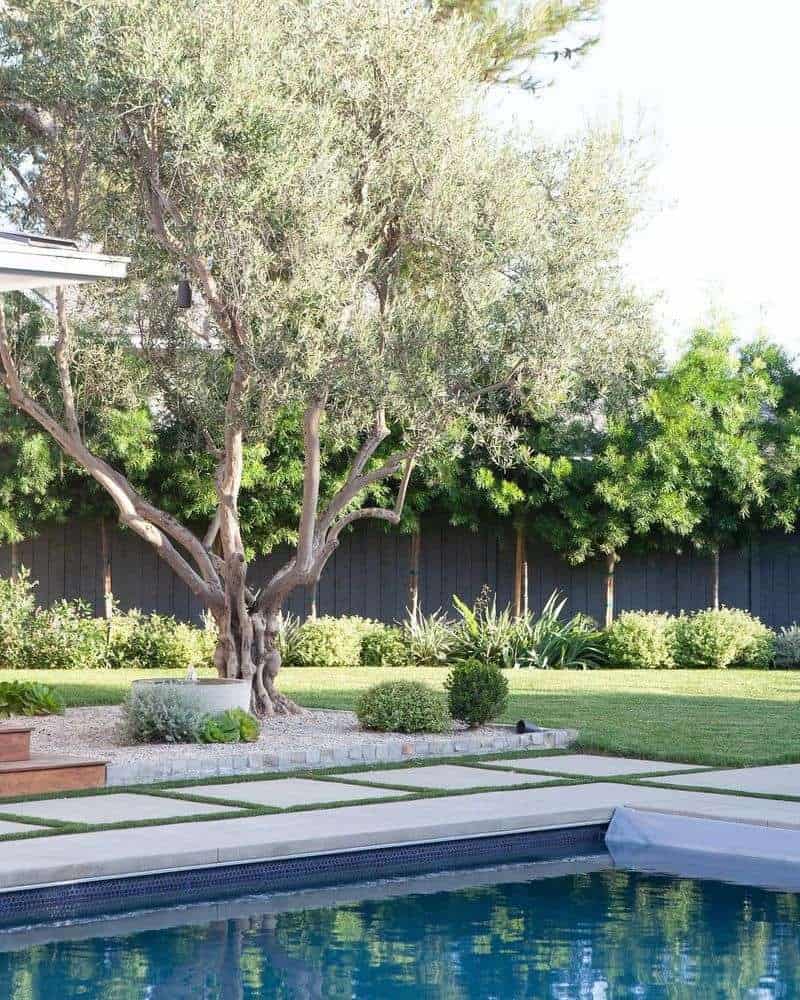
Hardscaping lays the structural bones of your garden. Incorporate elements like pathways, walls, and patios to define spaces and guide foot traffic.
These features also help in managing erosion and maintaining the integrity of your garden’s layout.
A balance of hardscaping with lush plants creates a pleasing and functional garden environment, encouraging visitors to explore and enjoy.
6. Mulching Techniques
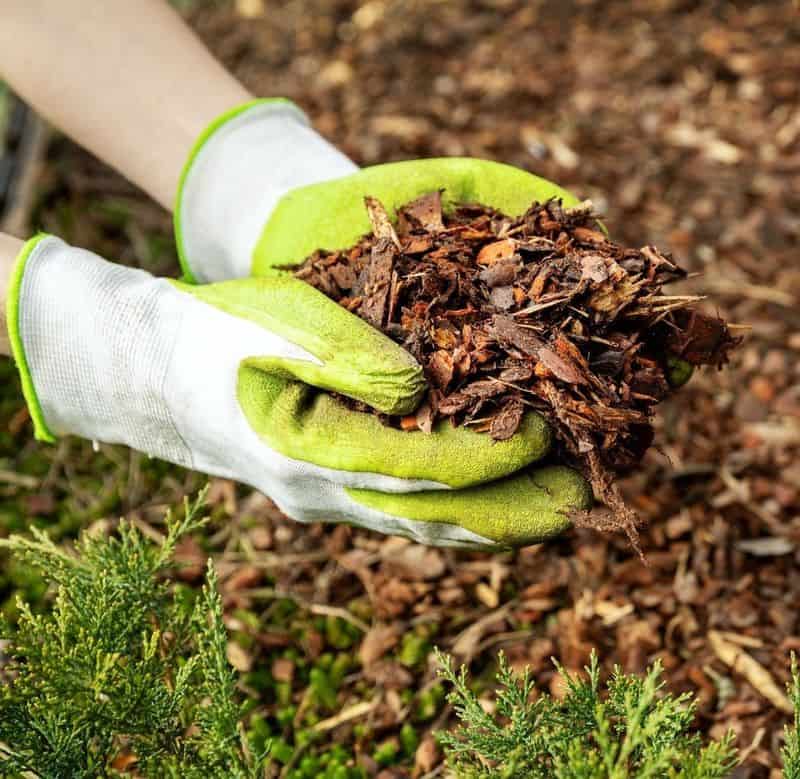
Mulch is the unsung hero protecting your plants’ roots. It conserves moisture, suppresses weeds, and enriches the soil as it breaks down.
Choose organic mulch like wood chips or straw for its decomposing benefits.
Apply it generously around plants, ensuring not to suffocate stems.
By maintaining consistent soil temperature and moisture, mulching is a straightforward yet powerful tool to enhance any garden’s foundation.
7. Irrigation Systems
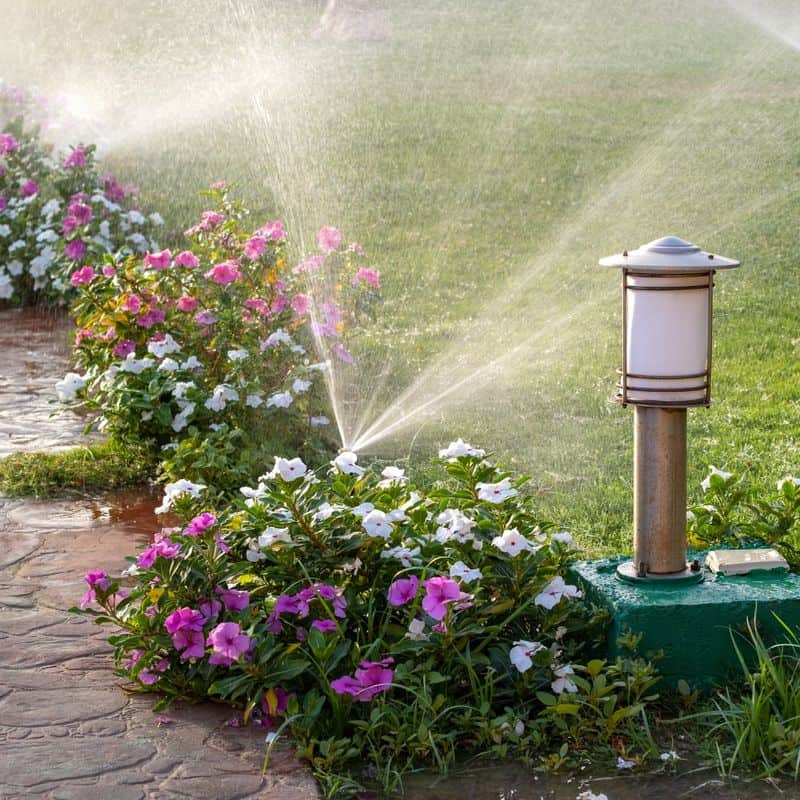
Water is life, and a reliable irrigation system ensures your garden receives it in just the right amounts. Drip irrigation targets plant roots, conserving water and reducing runoff.
Automated systems can be adjusted for seasonal needs, offering convenience and efficiency.
With proper irrigation, your garden not only survives but flourishes, reflecting a healthy, vibrant landscape year-round.
8. Edging for Definition

Edging provides a clean, polished look while preventing grass from invading flower beds. Options include stone, metal, or plastic, each offering durability and style.
Defined edges create visual boundaries and can be used to guide visitors through your garden.
This simple addition not only adds to the aesthetic appeal but also supports the organization of your garden’s layout, ensuring each section shines.
9. Plant Diversity
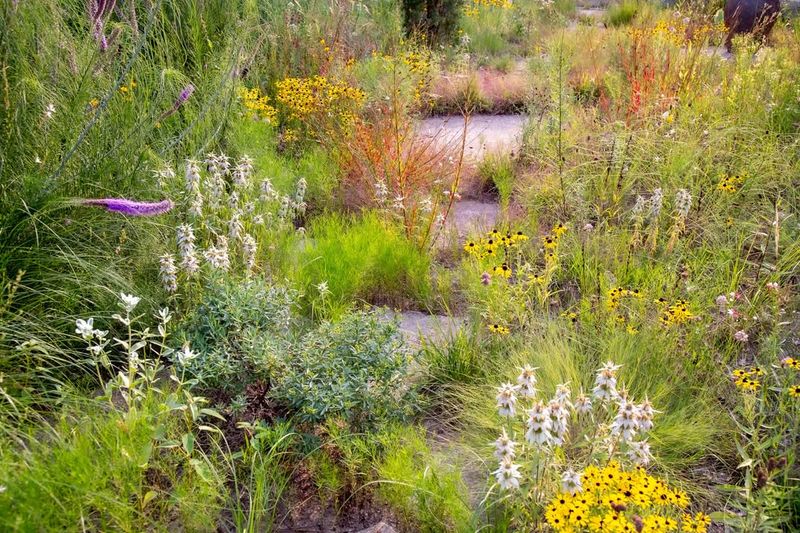
Diversity is key to a resilient garden. Mix native plants with perennials and annuals to create an ecosystem that supports wildlife and resists disease.
Diverse plantings attract beneficial insects and create a dynamic visual tapestry.
By varying plant types, you establish a garden that’s lively and ever-changing, offering a habitat for creatures big and small, while minimizing pest issues.
10. Small Water Feature

A water feature adds a serene and enchanting quality to any garden. Whether it’s a bubbling fountain or a modest pond, these elements invite wildlife and soothe the senses.
The gentle sound of water provides a peaceful ambiance, transforming your garden into a retreat.
Installing a small water feature supports local birds and pollinators, enhancing biodiversity and the overall health of your garden.

